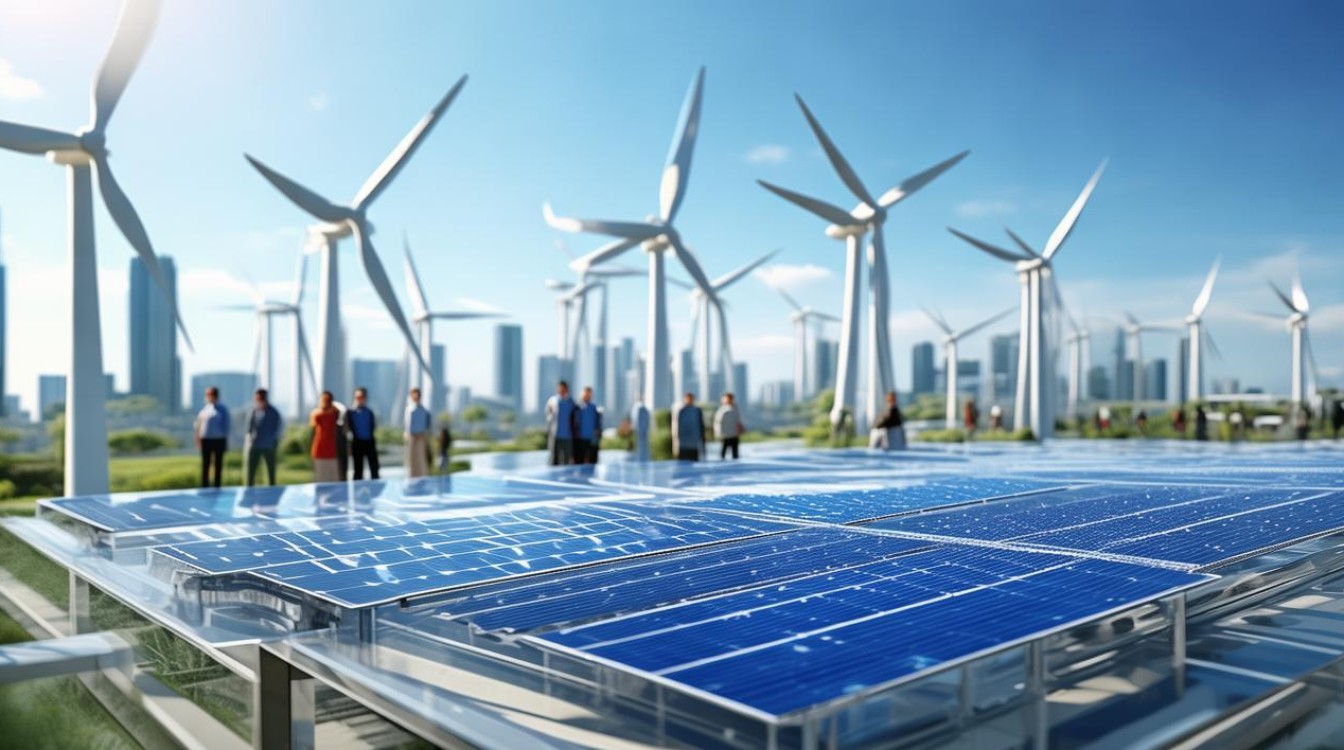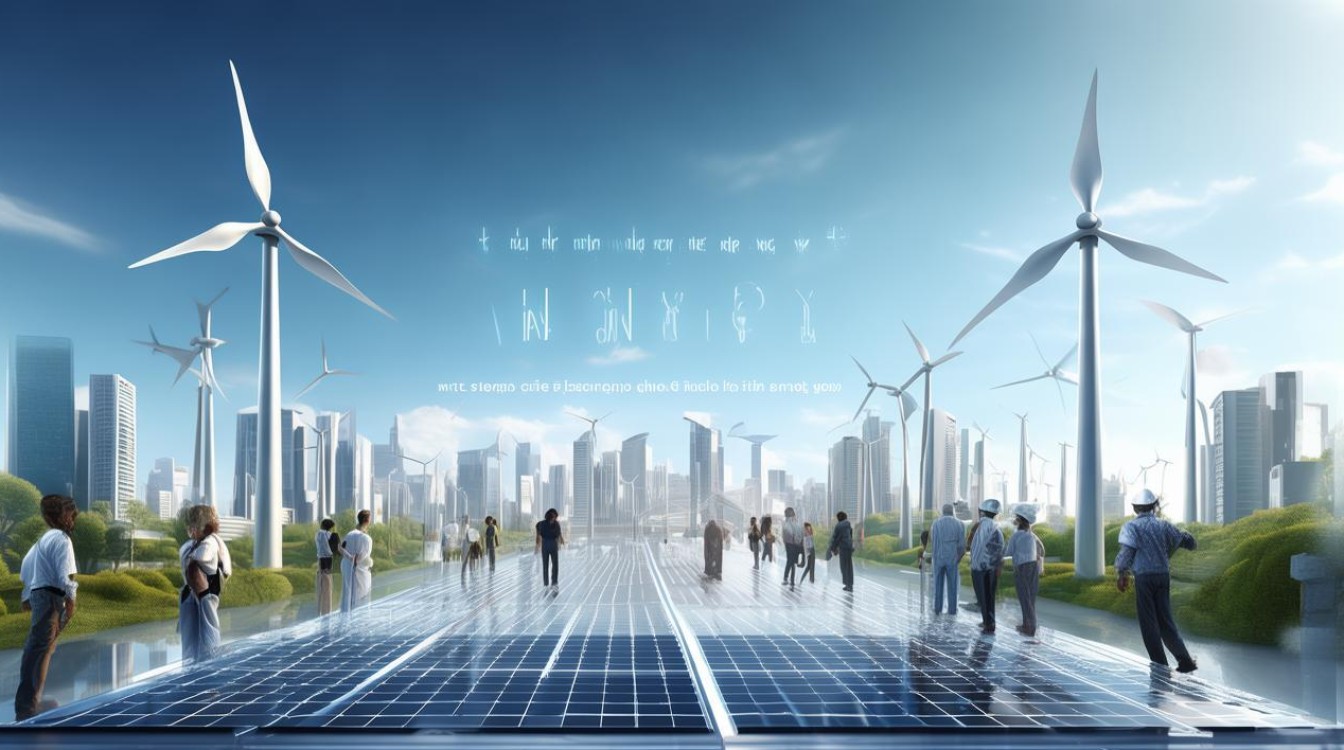The world is changing rapidly, and so are our energy needs. Fossil fuels, once the backbone of global energy production, are now being questioned for their environmental impact. Renewable energy, including solar, wind, and hydropower, offers a cleaner and more sustainable alternative. This shift is not just about technology—it’s about securing a healthier planet for future generations.

The Rise of Renewable Energy
Renewable energy sources have gained significant traction in recent years. Solar panels and wind turbines are becoming common sights, and governments worldwide are investing heavily in green infrastructure. The reasons for this shift are clear:
- Environmental Benefits – Unlike coal or oil, renewable energy produces little to no greenhouse gases. This helps combat climate change and reduces air pollution.
- Energy Independence – Countries relying on imported oil can instead harness local wind, solar, or geothermal resources.
- Economic Growth – The renewable sector creates jobs in manufacturing, installation, and maintenance.
Solar Power: Leading the Charge
Solar energy is one of the most accessible forms of renewable power. Advances in photovoltaic technology have made solar panels more efficient and affordable. Homes, businesses, and even entire communities are now powered by sunlight.
Key advantages of solar energy include:
- Scalability – From small rooftop installations to massive solar farms, it adapts to different needs.
- Low Maintenance – Once installed, solar panels require minimal upkeep.
- Sustainability – Sunlight is an inexhaustible resource, unlike finite fossil fuels.
Wind Energy: Harnessing Nature’s Power
Wind turbines convert kinetic energy into electricity, providing a clean alternative to coal-fired plants. Offshore wind farms, in particular, have seen rapid growth due to stronger and more consistent winds at sea.

Why wind energy matters:
- High Efficiency – Modern turbines can generate power even at low wind speeds.
- Land-Friendly – Farms can coexist with wind turbines, allowing dual land use.
- Cost-Effective – Over time, wind energy becomes cheaper than fossil fuels.
Hydropower: A Time-Tested Solution
Hydropower has been used for centuries, from ancient water wheels to modern dams. It remains one of the most reliable renewable sources, especially in regions with abundant rivers.
Benefits of hydropower:
- Consistent Output – Unlike solar or wind, water flow can be controlled for steady energy production.
- Multi-Purpose Use – Dams provide electricity, flood control, and water storage.
- Long Lifespan – Hydropower plants can operate for decades with proper maintenance.
Challenges and Solutions
Despite its advantages, renewable energy faces obstacles:

- Intermittency – Solar and wind depend on weather conditions. Battery storage and smart grids help mitigate this issue.
- Initial Costs – Setting up infrastructure requires investment, but long-term savings outweigh upfront expenses.
- Land Use – Large solar or wind farms need space, but innovations like floating solar panels are reducing land dependency.
The Role of Policy and Innovation
Governments play a crucial role in accelerating the transition. Subsidies, tax incentives, and renewable energy mandates encourage adoption. Meanwhile, researchers are improving battery technology, making energy storage more efficient.
Individuals also contribute by choosing green energy providers, reducing consumption, and supporting sustainable practices. Every small step adds up in the fight against climate change.
Looking Ahead
The shift to renewable energy is no longer optional—it’s necessary. As technology advances and costs decline, clean energy will dominate the global market. The benefits extend beyond the environment; they include economic resilience, energy security, and a better quality of life.
Embracing renewables isn’t just about saving the planet—it’s about building a smarter, more sustainable future. The choices we make today will shape the world for generations to come.


